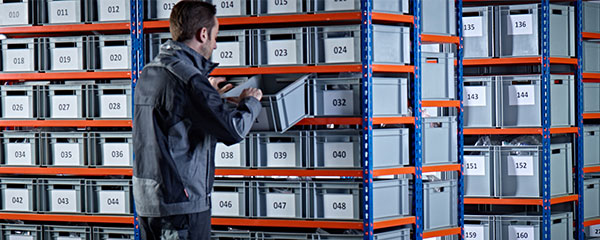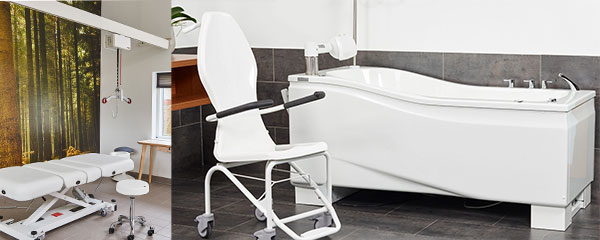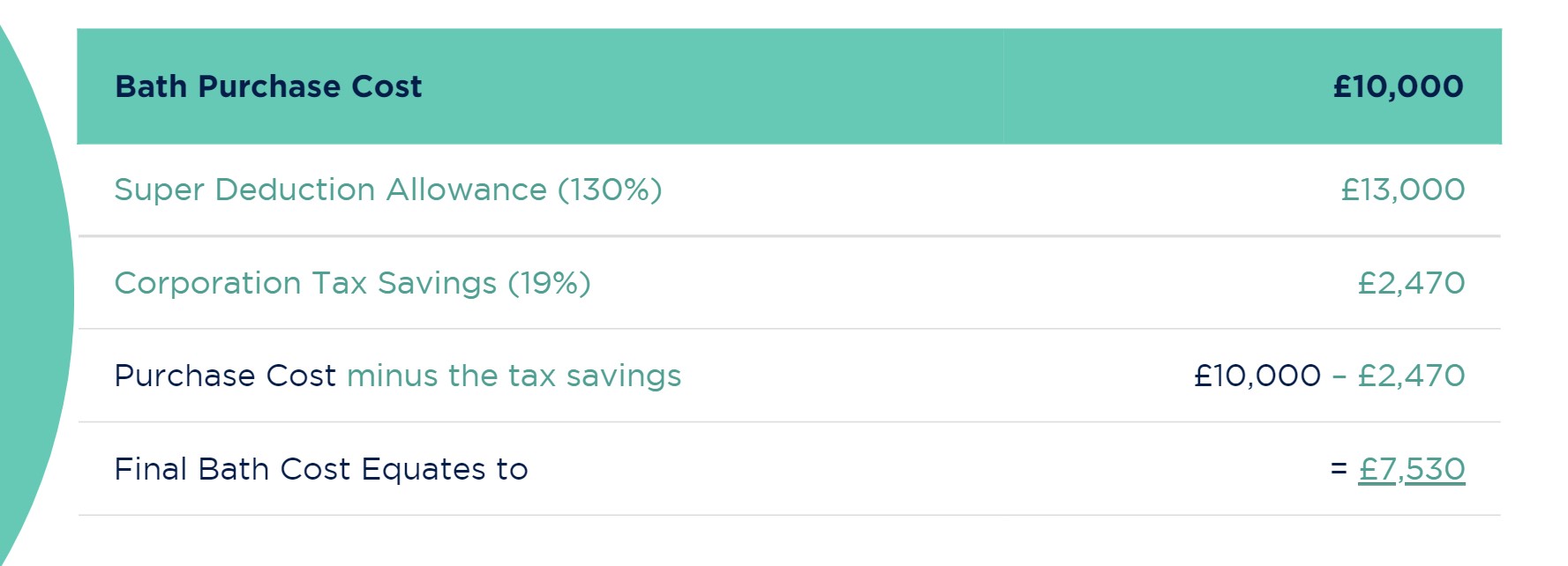The Most Common Causes of Breakdowns for Profiling Beds and how to Reduce them
15 Minute Read
Profiling beds are popular in care settings because they come with electronically operated adjustable sections that facilitate a variety of nursing, care, and clinical procedures. The different actions help to reduce the strain on service users who spend long periods in bed and the strain on care staff performing transfers and other care procedures.
Profiling beds are not just used in the morning and evening, they are used multiple times throughout the day for various needs. This continual use means that wear and tear occur on the bed which, if left, can cause the equipment to break down.
As a company that is routinely called out to repair profiling beds, we’ve put together this list of the 5 most common causes of breakdowns with profiling beds. This will give you and your staff a better understanding of what could go wrong, how to avoid future issues and when to call out an engineer.
1. Damage to Cables
The nature of profiling beds means they have many functions to help provide care for service users. Staff and users control these functions with a handset, which operates a minimum of 4 motors (or actuators) via a control box. This leads to a lot of cables running underneath the mattress frame of the bed. With lots of connection points and the bed frequently moving, there is a high risk of the cables breaking and stretching which can cause the bed to stop working.
The main reason for damaged cables is because they come loose from underneath the bed or they’re not secured correctly during installation/re-installation. This causes them to become stretched when the bed is moving through its functions or trapped when someone is moving the bed in transit. Cables can also break if staff catch them on the legs of mobile hoists, under the bed, and then break during a transfer.

If the bed stops functioning completely, it could be because of a complete break in the cables or one of the cables has pulled out of the control box. If a cable does break, it can expose the internal wiring, which poses a risk of electrocution, so an engineer should be called out immediately. Whilst most of the cabling under the bed is only low voltage (24v) and therefore low risk, other cables are 240v, and therefore very high risk.
Sometimes only one or two functions of the bed control stop working. This could be because of a damaged cable, a broken handset or if the cable connection has worked loose or been pulled out slightly from the control box.
How to Reduce Cable Related Breakdowns for Profiling Beds:
Often when our engineers visit care facilities, bed cables are trailing all over the floor, underneath the bed. It’s good practice to check the cables regularly and clip or hook them securely to the bed. Keep cables up off the floor so they’re free from moving parts and not under excessive tension during use.
For care facilities that move beds around themselves, you need to make sure you reinstall all cables correctly, to stop them from coming loose and stop someone wheeling over them when they move the bed. Also, make sure to follow the specific bed instruction manual for fitting the cables, so you plug the correct functions into the connection ports on the control box.
Depending on the profiling bed you have, they might have a cross beam, clips or something similar to keep the cables tidy and out of the way.

Having a service and maintenance provider service your beds ensures they clip the cables up and connect them correctly, reducing the risk of them breaking. However, a bed service might only occur once a year, so regular checks from the in-house maintenance or facilities team will ensure these stay out of the way and reduce the risk of cables breaking. This is usually recommended in the manufacturer’s user manual.

If you don’t have your profiling beds under a service and maintenance schedule, check out this blog: Should I get my profiling beds serviced?
2. Handset not Working
A hand controller operates every profiling bed to enable care staff to use all the functions. Medaco is often called out to look at profiling beds with handset issues or asked to supply handsets for customers to fit themselves.
Handsets are robust parts, but they can receive heavy use. There are several causes of faulty handsets and unfortunately, they mostly occur through misuse. Common problems we see are people pulling/stretching the handset too much, causing damage to the cables or the handset coming loose from the control box.
As mentioned before, if some functions work (except for one or two), or it works intermittently by fiddling around with the cable, the handset could have come away slightly from the control box. So a few of the pins might still connect but not all of them, or there may be a small break in the cable. Alternatively, if your hand control isn’t working at all, someone could have pulled the handset away from the control box, but not quite all the way out.
If staff leave handsets hanging off the bed, this can cause damage to the handsets themselves, as someone might step on them or get the cable trapped.

How to Reduce the Cost of Handset Related Repairs for Profiling Beds:
Regular refresher training and advice on how to use and maintain profiling beds are key to reducing this issue. Simple tips like reminding staff to hook the hand controls on the bed and not pull them beyond their stretch should help to reduce this type of breakdown or the need for frequently replacing handsets.
If you find you have a handset issue, first check that it is fully plugged into the control box and not loose. Depending on your profiling beds, you may have another bed that uses the same handset which you can use as a substitute, to see if a different handset works before calling out an engineer. It may be that you just need a replacement handset that we can send to you on next-day delivery, reducing the cost of a callout.
Some handsets have a locking function on the back to prevent service users from adjusting the position of the profiling bed – It’s worth checking to see if someone has activated this before calling out an engineer.
3. Broken Plug Socket or Headboard Damage
Another common issue we see is damage to the headboard or the plug socket behind the bed. The benefits of a profiling bed include the ability to adjust the height for ease of use for service users and care staff.
However, if someone pushes the bed right up against the wall and operates the height-adjustable function, the headboard can get caught on the plug socket protruding from the wall.

This can snap the plug off the wall, creating an extremely dangerous plug with exposed wires which need to be repaired immediately. If this happens, sending a picture of the damage would help before an engineer attends, as it may be you need an electrician if there is damage to the socket on the wall. Additionally, the headboard can break away from the frame. This causes other issues, as the bed frame can warp and bend, and then the bed rails don’t work correctly.

How to Reduce Headboard or Plug Socket Related Breakdowns for Profiling Beds:
There are a couple of solutions to help prevent this problem from occurring:
Bed Bumpas:
Bed Bumpas are small foam cushions that are easily fitted to the bed frame to create a gap between the bed and the wall. This not only protects against damage to the plugs and the headboard, but it also protects the walls and skirting boards from damage through a low friction surface on the foam.

Bed Wall Block:
Some customers have simply put a block of wood, or something similar on the floor, against the wall. This stops the bed from going back and creates a distance between the headboard and the plug socket. However, this option doesn’t work in care facilities with limited space in the bedrooms or their interior design doesn’t accommodate this.
4. Broken Bed Rails
Care facilities widely use bed rails, also known as side rails, to reduce the risk of falls. Bed rails receive heavy use in care homes as staff frequently move them up and down along the rail channel. They can do this every time service users want to get in and out of bed or if personal care is being delivered.
Because of this heavy use and sometimes incorrect use, Medaco is often called out to repair or replace damaged bed rails. Some bed rails can be quite flimsy as they can move up and down the channels and staff can break rail components easily if they are heavy-handed with them. Care staff can also move the bed around by the side rails, which causes them to warp and break.
Damage to bed rails can either be visible where there is a crack or bend in the rail, or hidden damage within the channel that stops the rails from locking automatically when raised to a higher position, or care staff can’t get them back down.

How to Reduce Bed Rail Related Call Outs for Profiling Beds:
Side rails can operate differently depending on the manufacturer of the profiling beds, so make sure staff read the user manual to familiarise themselves with how to use them correctly. We regularly advise care operators to provide refresher training to staff on the safe and correct use of bed rails to prevent call-outs and reduce the risk of entrapment injuries. Find out more in our blog: Why Should I get my Profiling Bed Serviced?
Generally, the bed manufacturer instruction manuals state “When lowering the rails, staff should take care not to drop them – they should lower them carefully”. This will help reduce any cracking and breaking of bed rails.
Note: If there is any doubt about the condition or assembly of the bed rails, contact your service and maintenance provider or the manufacturer. Broken, or incorrectly specified/fitted side rails can lead to serious injury or death.
5. Overloading the Equipment
All profiling beds are designed to withstand a certain weight. This is called the Safe Working Load (SWL). You must not exceed the safe working load, otherwise, the safe operation of the profiling bed cannot be guaranteed.
The safe working load on profiling beds comprises:
- Maximum service user weight
- Mattress weight
- Weight of any accessories
Please note profiling beds will usually also show a ‘maximum patient weight’, which is lower than the safe working load. Manufacturers do not design profiling beds to withstand the weight of visitors or staff sitting on the side of the beds.
If the equipment is overloaded, it causes damage to components, or the bed becomes unstable, as it’s working above its intended capacity. This puts excess pressure on the motor and actuator, which over time can stop working.
If you have any questions regarding this, contact Medaco who is happy to advise.

How to Reduce Equipment Overload Related Breakdowns for Profiling Beds:
The best way to prevent this problem from occurring is to ensure staff using the profiling beds are checking the safe working load every time they allocate a bed to a service user. Staff should also check the SWL requirements regularly for users whose weight increases rapidly, especially if this is approaching the current safe working load of the bed. You may need to provide additional or refresher training, particularly if your staff turnover is high, or you have introduced new profiling beds.
You can find the safe working load on the type plate attached to the outside surface of the mattress base frame or a similar visible location.
If you don’t feel the safe working load is obvious on the profiling bed, Medaco can provide additional safe working load stickers, making this more visible to care staff.
Note: If the Safe Working Load is not visible on the equipment, you should not use it and must take it out of service.
Taking Care of your Profiling Beds
Prevention is always better than cure. Therefore, we recommend you have your profiling beds serviced and maintained regularly. However, many care facilities have their beds serviced once per year, as that’s all the PUWER regulations state.
So, maintaining your profiling beds in between PPM visits is vital to help reduce these common causes of breakdowns. Monthly checks by your in-house maintenance team are a great idea. This will prolong the lifespan of your equipment, reduce equipment downtime, reduce costs of call-outs and maintenance, and increase safety for staff and service users.
Check out these 7 maintenance tips to prolong the lifespan of your patient handling equipment:
Provide Regular Training and Maintenance to Reduce Profiling Bed Callouts
Care operators need to ensure their staff receive sufficient training and information on the specific equipment in their workplace, which goes beyond generic manual handling training. It is important that supervisors and managers also receive training so they can monitor, identify and correct poor practices, which can cause some of the breakdown issues mentioned above. You should provide training when you supply new profiling beds or introduce new staff.
As mentioned before, by preventing and reducing these common causes of breakdowns, your care facility can reduce equipment downtime as well as reduce costs for call-outs and repairs. Ask your service company to summarise your recent call-outs to see if there are recurring issues.
If you find you are experiencing an increase in equipment downtime, speak to Medaco to see how we can help.



